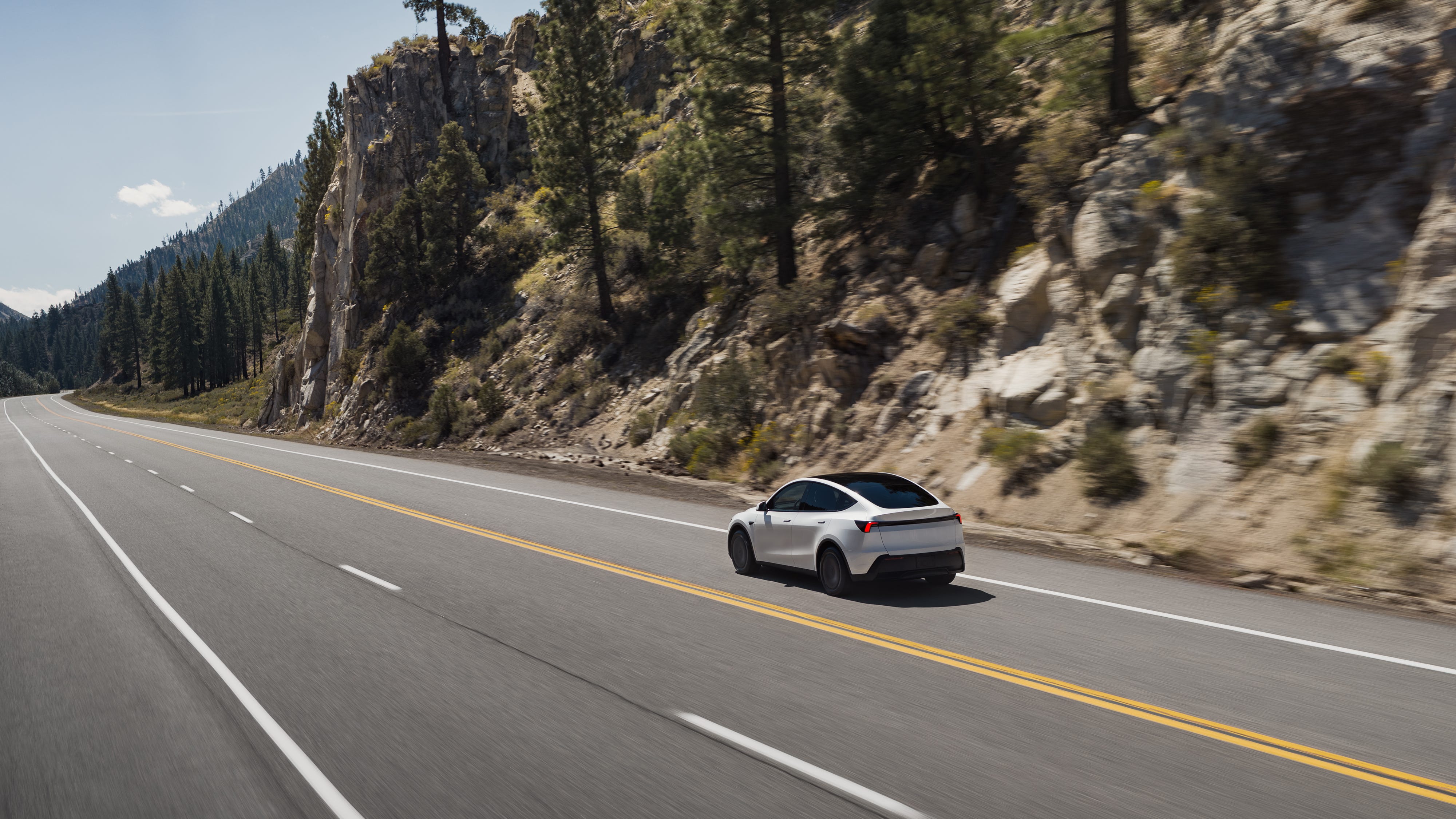
Tesla
- There may be policy reasons why Tesla’s new, cheaper models are not as affordable as many had hoped.
- Tesla’s cheaper models are still pricier than what the flagships would have cost with the tax credit.
- Government incentives play a large role in why China produces the cheapest EVs
Tesla‘s price point for its “more affordable” models is still higher than Elon Musk, Tesla’s CEO, floated in 2020. The reasons for these sticky prices may be bigger than Tesla.
On Tuesday, Tesla launched “standard” versions of the Model Y and Model 3, at $39,990 and $36,990, respectively.
The “standard” models are between $5,000 and $5,500 cheaper than the flagship versions — sans Autosteer and a radio — and the market was not enthusiastic. Tesla shares dipped around 4.4% after the launch on market closing compared to the day before.
EV and trade policies in the US may be to blame for these prices not being as low as Musk touted and analysts hoped.
“What I would criticize about the US’s approach to EVs is that they’re making it really hard to build supply chains,” Travis Fisher, director of energy and environmental policy studies at the Cato Institute, told Business Insider.
Fisher pointed out that most critical minerals needed to make EV batteries are mined and processed in China. While some rare earths are exempt from tariffs, others, such as graphite, face a 93.5% duty. Additionally, batteries that are already assembled also face tariffs upon entry.
On October 9, China’s leader, Xi Jinping, expanded restrictions on rare earth exports and said that an increase in exports would “clog” the markets.
Unlike other relatively affordable EVs sold in the US, like the Nissan Leaf and the Chevy Equinox, Tesla manufactures its cars for the US market in its Fremont Factory in California and Gigafactory Texas, where land, labor, and permits are already costly.
“When you slapped not just a large tariff, but a large and uncertain tariff on that type of trade, it is really hard to plan,” said Fisher. “If I were in the car business, thinking about building an EV or a hybrid and installing a bunch of batteries in the vehicle, I’m not sure what I would do.”
Trump’s EV policies
To add to Tesla’s pricing woes, the US is moving in the opposite direction in terms of EV policy compared to other major EV markets worldwide, especially China.
In January, Trump signed an executive order to suspend all disbursements of Inflation Reduction Act funding, a Biden-era package passed by Congress that aims to boost clean energy production and job creation in rural America. The set of 119 provisions includes up to $7,500 in tax credit for new EV buyers, credits for businesses purchasing commercial clean vehicles, and funding to build more charging stations.
In April, a federal judge ordered the Trump administration to take “immediate steps” to reinstate IRA funding that had already been awarded to projects.
However, the Big Beautiful Bill, which was passed by Congress and signed into law by Trump, still eliminated EV tax credits for all vehicles purchased after September 30. As a result, Tesla’s new cheaper models are still around $2,000 more expensive than what the flagship versions would have cost had the $7,500 EV credit remained in place.
Tesla also used to be able to make an income by selling clean vehicle credits to combustion engine vehicle manufacturers that fail to meet emission standards, until Trump eliminated the fines on those automakers, which Fisher said may be limiting Tesla’s financial ability to comfortably make a larger price cut.
How China has managed to make cheaper EVs
Many models of BYD, a Chinese Tesla competitor, are selling in China for the equivalent of around $20,000.
“If you look at China, it has the advantage of labor, and it is not as strict on environmental standards,” said Fisher. “And in terms of permitting and just getting things done, every permit is way harder to obtain in the US, and even if you do, there is a good chance you would get sued for it.”
The government is another factor. According to the Rhodium Group, China’s government auto purchase subsidies are expected to reach a record high of 342 billion yuan in 2025, comprising 150 billion yuan in scrappage and trade-in subsidies, as well as 192 billion yuan in auto purchase tax exemptions. The research group estimates that this sum would be equivalent to 3% of the central government’s fiscal revenues and account for 7% of passenger car retail sales this year.
The EU Commission called these subsidies an “unfair” trade practice last year and slapped up to 45.3% in duties on Chinese EVs in 2024, but many models, such as the BYD Atto 3 Comfort, remain competitive in the European market. While these practices created trade tensions and contributed to price wars among Chinese EV makers, consumers in China ultimately stood to benefit from more affordable EVs.
“Ideally, people should have access to the cars they want to buy, and the production of the vehicles should be based on consumer demand and not what candy the government’s throwing at you,” said Fisher. “But if making the cheapest EV possible is the game, China is definitely winning at that game.”
Read the original article on Business Insider
The post Tesla’s ‘most affordable’ EVs still cost more than $35,000. These policies may be why. appeared first on Business Insider.




